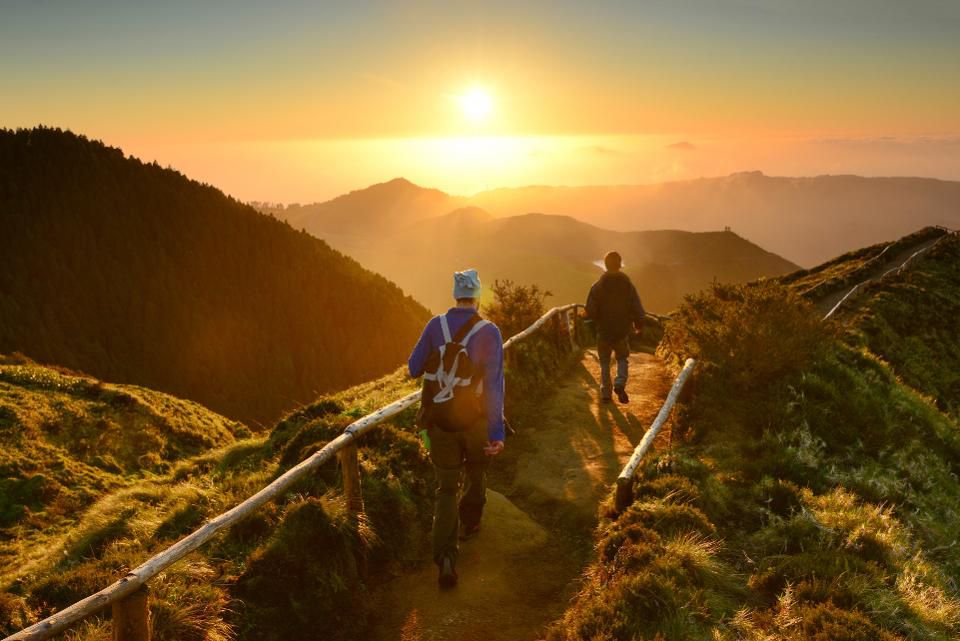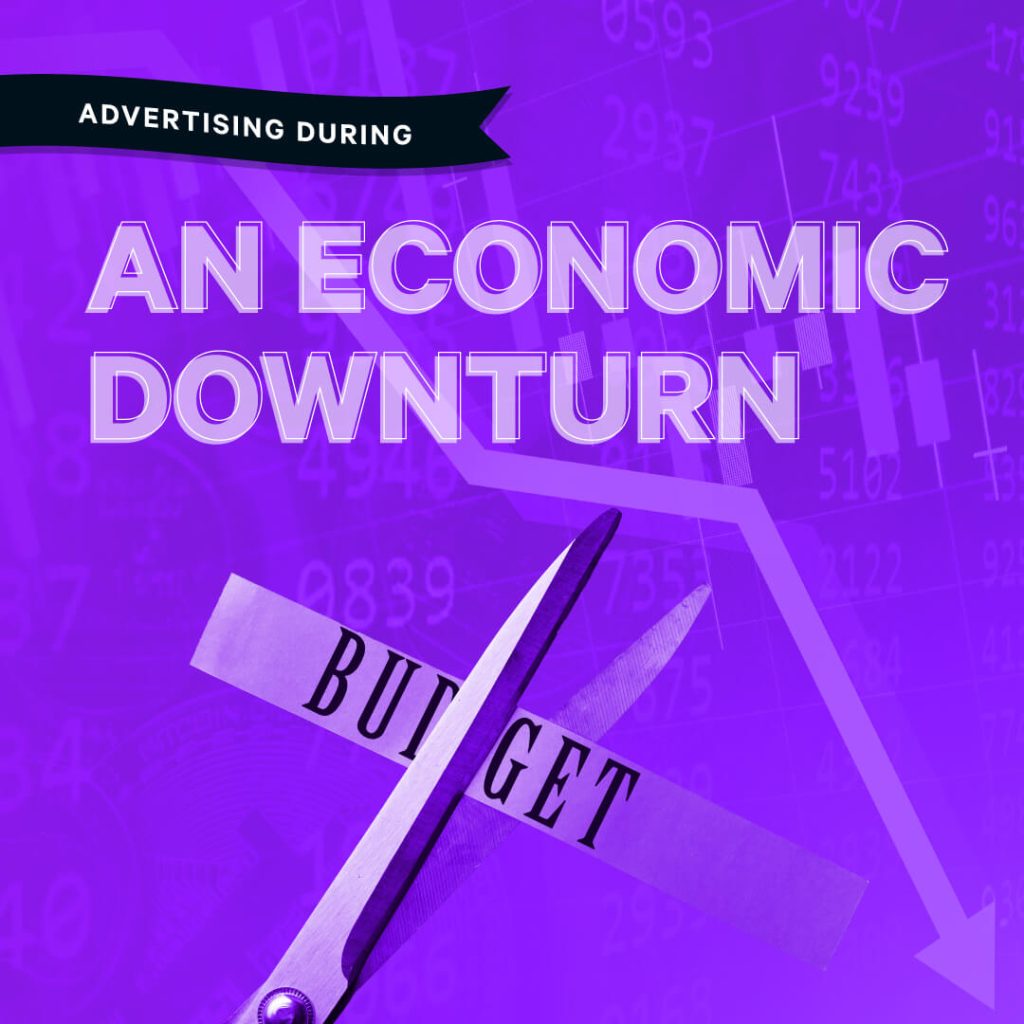Our Founder at Forbes: How To Promote Tourism Without Destroying The Destination

Most travel marketing has taken a similar path to things like shoe marketing — make the product so drool-worthy that consumers flock to purchase the newest pair.
But travel is not a product in the same way as a shoe or a shirt. You can’t flip a factory switch and produce more. And flooding a destination with tourists has much more complicated impacts than flooding a shoe store with sneakerheads. A place is a limited resource. And to experience travel at its finest, the place must retain the elbow room for that uncrowded experience.
So how do you launch phenomenally successful travel marketing campaigns for your destination without ruining the travel experience that you are promoting?
Using a keen sense of seasonality, and a platform that favors education as much as marketing, destinations can rethink how a travel campaign can not just flood a place with tourists, but promote sustainable and conscientious travel that benefits both visitors and locals alike.
Ask.
Travel marketers often revert to a one-way monologue, firing message after message at the traveling public. But digital engagement makes it easier than ever to have a dialogue with potential visitors.
Think about questioning the default mode of telling the public what you offer and why they should visit, and begin asking them to engage in a deeper travel experience with your destination.
Iceland is a great example of this, requesting their travelers take the “Icelandic Pledge,” a simple and straightforward request to respect nature and stay safe. So far, the pledge has been signed by more than 56,000 visitors, all of whom have committed to protect and preserve the natural beauty of one of the world’s great travel destinations. The pledge is now being offered to travelers at international airport terminals as well as online.
Asking travelers to engage in respecting and protecting a destination does two things: It involves a traveler in the ethos of a place and its ideals of sustainability and authenticity, and it starts a two-way conversation that can be continued as a traveler goes through the travel journey.
While broadcasting messages to a passive audience might be easiest, interaction deepens the connection between traveler and destination. Consider ways to ask for that interaction in the form of pledges, interactive travel education, and innovative surveys.
Educate.
We all know that many travelers only scratch the surface of a destination during a travel trip. While they might want the inside scoop on the best local restaurant or hidden beach, they often don’t know where to find it or whom to trust when they receive recommendations.
The destination can step in and fill this void, and deliver true value to the visitor that will deepen their experience and increase the chance that they will become a repeat visitor.
There is a delicate balance that destinations must strike to showcase the true local gems in their destination while not overloading a secret local spot, but this can be done with some careful thought.
Putting equal effort into educating as travel marketers typically put into enticing will not just funnel travelers into a destination, but ensure they see the places that make it special.
Some ways to deliver a deeper experience for visitors include:
• A video series that highlights uncrowded off-season adventures
• Guidebook-style content campaigns that inform visitors of both the history and culture of a location
• Nimble social media campaigns that capitalize on weather windows and unique events
Don’t follow the herd.
In a travel marketing world where almost everyone follows the herd, sometimes zigging when others zag is a way to stick out in a competitive field. Your destination is unique, and your marketing should reflect that.
Sometimes that means doing something completely counter-current to conventional marketing wisdom. Jackson Hole is a great example of this. While most destinations would die for a dramatic increase in Instagram photos posted of their most beautiful spots, Jackson Hole launched a “Tag Responsibly, Keep Jackson Hole Wild” campaign. The plea for social media responsibility asked Instagram users to stop geotagging specific locations in and around Jackson Hole to prevent the herd of travelers that might follow a photo and ruin a special place.
The campaign even offered an alternative Instagram tag that Instagrammers can add to their Jackson Hole shots to keep the specific location undisclosed. The campaign fits seamlessly into the ethos of Jackson Hole’s brand that promotes the rugged, raw and wild natural beauty of the Western destination.
Think about your destination and what it stands for. Are there opportunities to do something completely different? Whether it is reimagining the uses of social media or using emerging technologies like virtual reality in new and inventive ways, being unafraid to be different can be a marketing differentiator.
Engage in a sophisticated four-season strategy.
Even the most popular destinations have their moments when the crowds thin and you can find those special moments of solitude. Driving tourism during the busy months can not only be a recipe for a disappointed visitor but can also lead to the traffic, crowding and environmental destruction that gives tourism a bad name.
More destinations are becoming increasingly sophisticated about when they drive visitors to their destination. Iceland stopped any marketing of their summer season — a beautiful but already busy season for the destination. By highlighting winter and fall travel, they not only support a steadier, year-round economy for their travel-dependent businesses but also spread out the impacts of tourism in a way that allows the destination to handle the travel volume without overloading trails or natural hot springs.
The lure of these destinations will continue to grow as long as folks can get there. And it’s going to remain imperative that the marketing matches the tourism cycle to ensure that over tourism is kept under control and that these beautiful destinations continue to flourish.
This article was originally published by the Forbes Agency Council, an exclusive organization of which Abbi Whitaker is a member.



